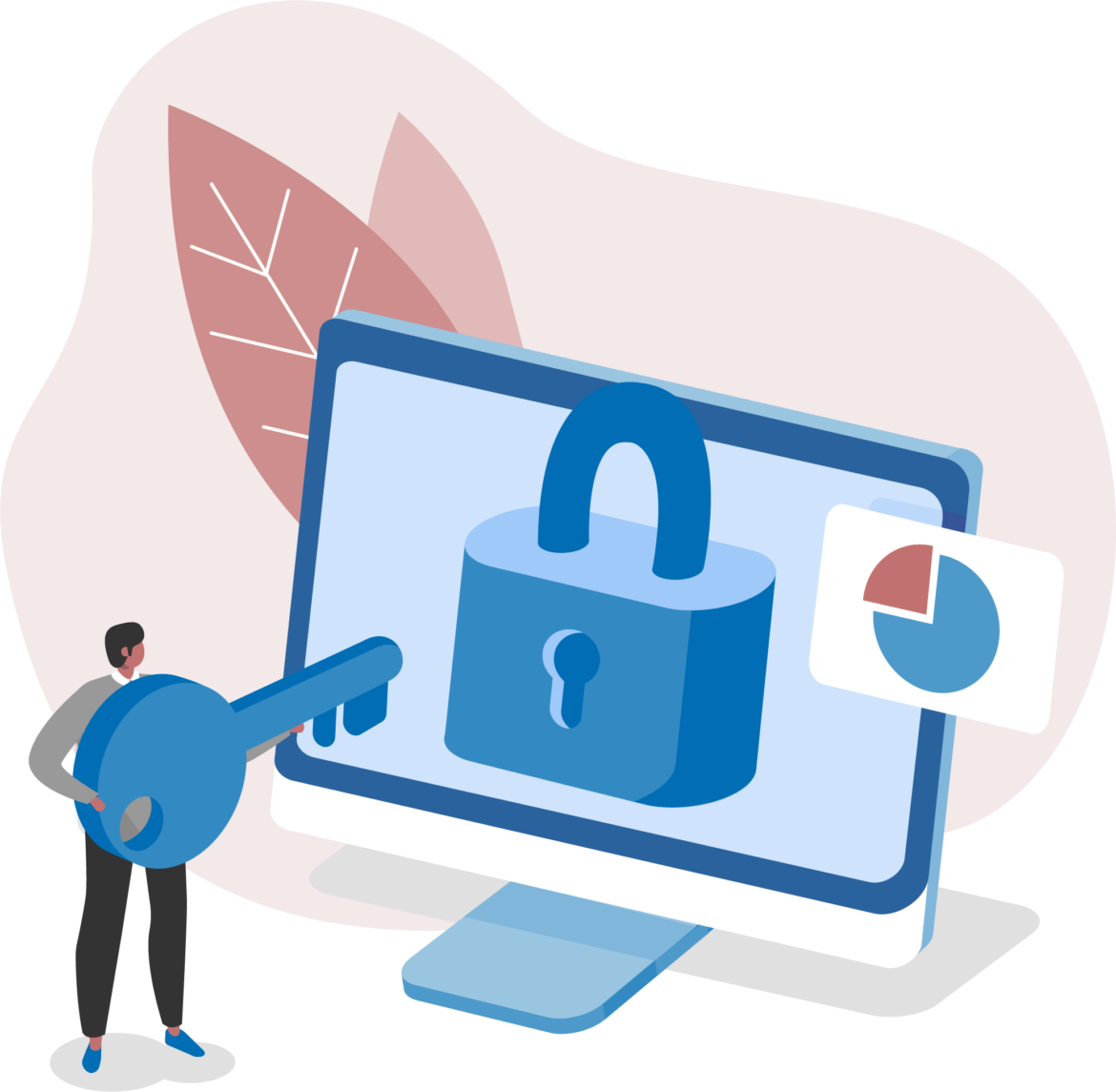John works as a professional Ethical Hacker. He has been assigned the project of testing the security of www.we-are-secure.com. He has successfully completed the following steps of the pre-attack phase:
l Information gathering
l Determining network range
l Identifying active machines
l Finding open ports and applications
l OS fingerprinting
l Fingerprinting services
Now John wants to perform network mapping of the We-are-secure network. Which of the following tools can he use to accomplish his task?
Each correct answer represents a complete solution. Choose all that apply.
Which of the following can be used to perform session hijacking?
Each correct answer represents a complete solution. Choose all that apply.
Which of the following keyloggers cannot be detected by anti-virus or anti-spyware products?
Which of the following statements is true about the difference between worms and Trojan horses?
Which of the following is the process of comparing cryptographic hash functions of system executables and configuration files?
What is the purpose of configuring a password protected screen saver on a computer?
You work as a Network Penetration tester in the Secure Inc. Your company takes the projects to test the security of various companies. Recently, Secure Inc. has assigned you a project to test the security of a Web site. You go to the Web site login page and you run the following SQL query:
SELECT email, passwd, login_id, full_name
FROM members
WHERE email = 'attacker@somehwere.com'; DROP TABLE members; --'
What task will the above SQL query perform?
Which of the following refers to applications or files that are not classified as viruses or Trojan horse programs, but can still negatively affect the performance of the computers on your network and introduce significant security risks to your organization?
In the DNS Zone transfer enumeration, an attacker attempts to retrieve a copy of the entire zone file for a domain from a DNS server. The information provided by the DNS zone can help an attacker gather user names, passwords, and other valuable information. To attempt a zone transfer, an attacker must be connected to a DNS server that is the authoritative server for that zone. Besides this, an attacker can launch a Denial of Service attack against the zone's DNS servers by flooding them with a lot of requests. Which of the following tools can an attacker use to perform a DNS zone transfer?
Each correct answer represents a complete solution. Choose all that apply.
Which of the following types of malware can an antivirus application disable and destroy?
Each correct answer represents a complete solution. Choose all that apply.
|
PDF + Testing Engine
|
|---|
|
$57.75 |
|
Testing Engine
|
|---|
|
$43.75 |
|
PDF (Q&A)
|
|---|
|
$36.75 |
GIAC Free Exams |
|---|

|